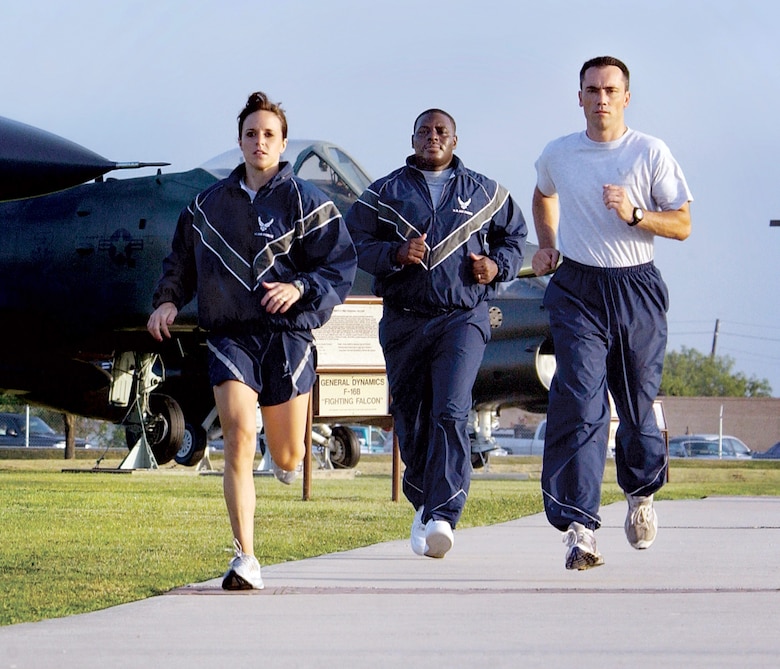Five Parts of Fitness
The Five Parts of Fitness are often utilized in our college systems, health clubs and fitness centers to measure how good a shape we are truly in. The Five Parts that structure total fitness are:1.Cardiovascular Endurance
2.Muscular Strength
3.Muscular endurance
4.Flexibility
5.Body Composition
Total fitness is often defined by how well the body performs in all of the components of fitness as an entire. It is not enough to be ready to bench press your weight. You also got to determine how well you'll handle running a mile etc.
A closer look at the individual components:

Cardiovascular endurance is the power of the center and lungs to work together to provide the needed oxygen and fuel to the body during sustained workloads. Examples are jogging, cycling and swimming. The Cooper Run is employed most frequently to check cardiovascular endurance.

Muscular strength is that the amount of force a muscle can produce. Examples would be the bench press, leg press or bicep curl. The pushup test is most frequently wont to test muscular strength.

Muscular endurance is the ability of the muscles to perform continuously without fatigue. Examples would be cycling, step machines and elliptical machines. The stay up test is most frequently wont to test muscular endurance.

Flexibility is the ability of every joint to maneuver through the available range of motion for a selected joint. Examples would be stretching individual muscles or the facility to perform certain functional movements just like the lunge. The sit and reach test is most frequently wont to test flexibility.

Body composition is the amount of fat mass compared to lean muscle mass, bone, and organs. This can be measured using underwater weighing, Skinfold readings, and bioelectrical impedance. Underwater weighing is taken into account the “gold standard” for body fat measurement, however, due to the dimensions and expense of the equipment needed only a few places are found out to do this kind of measurement.
Comments
Post a Comment